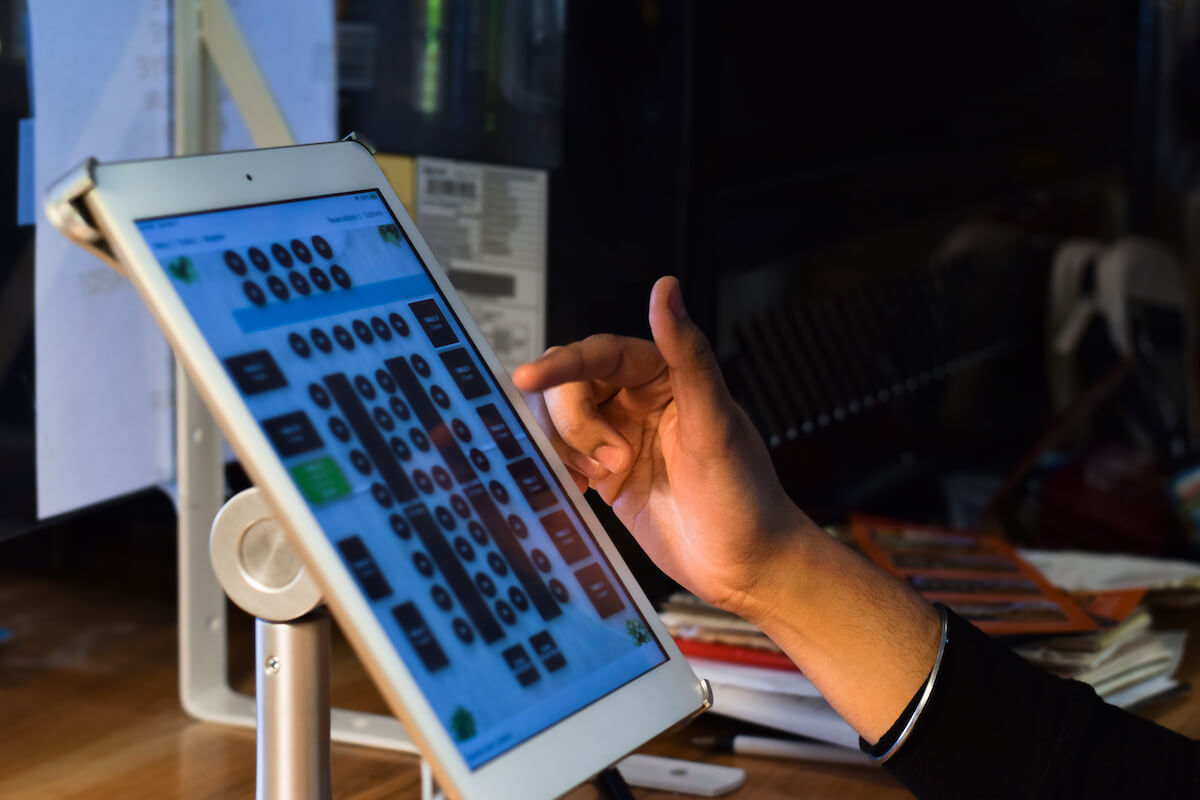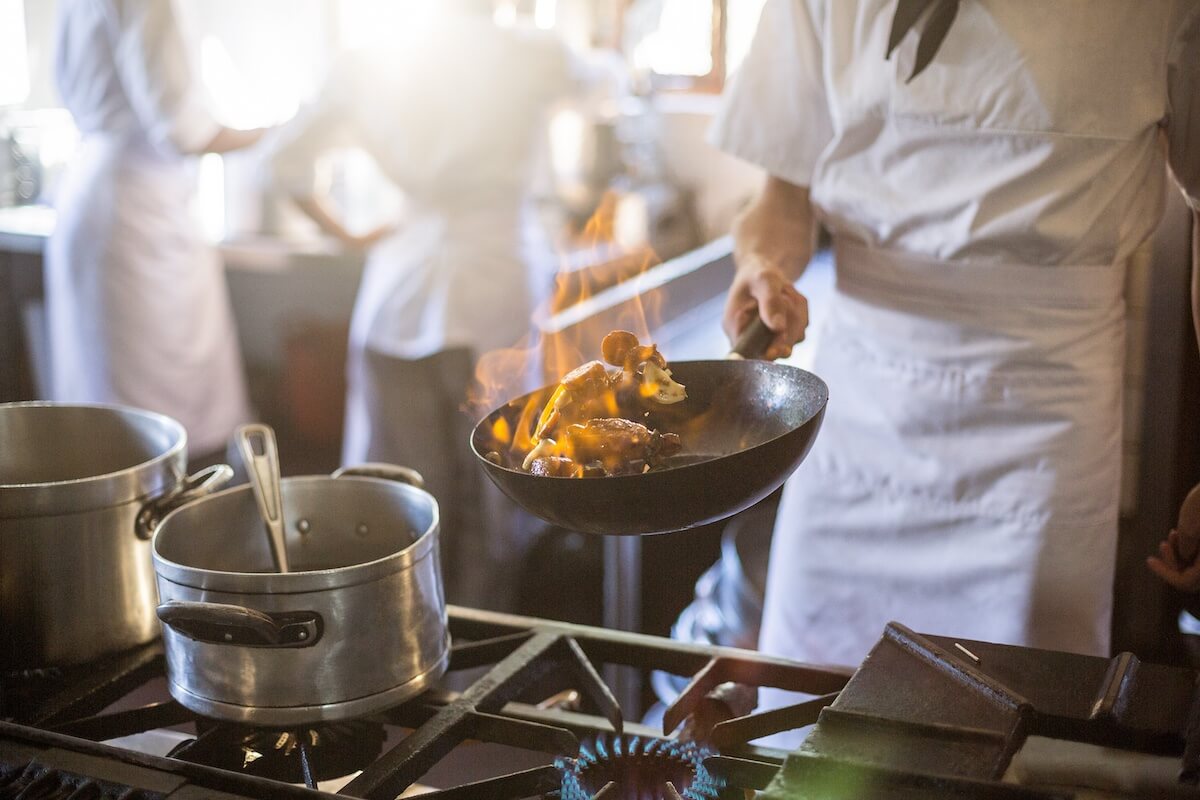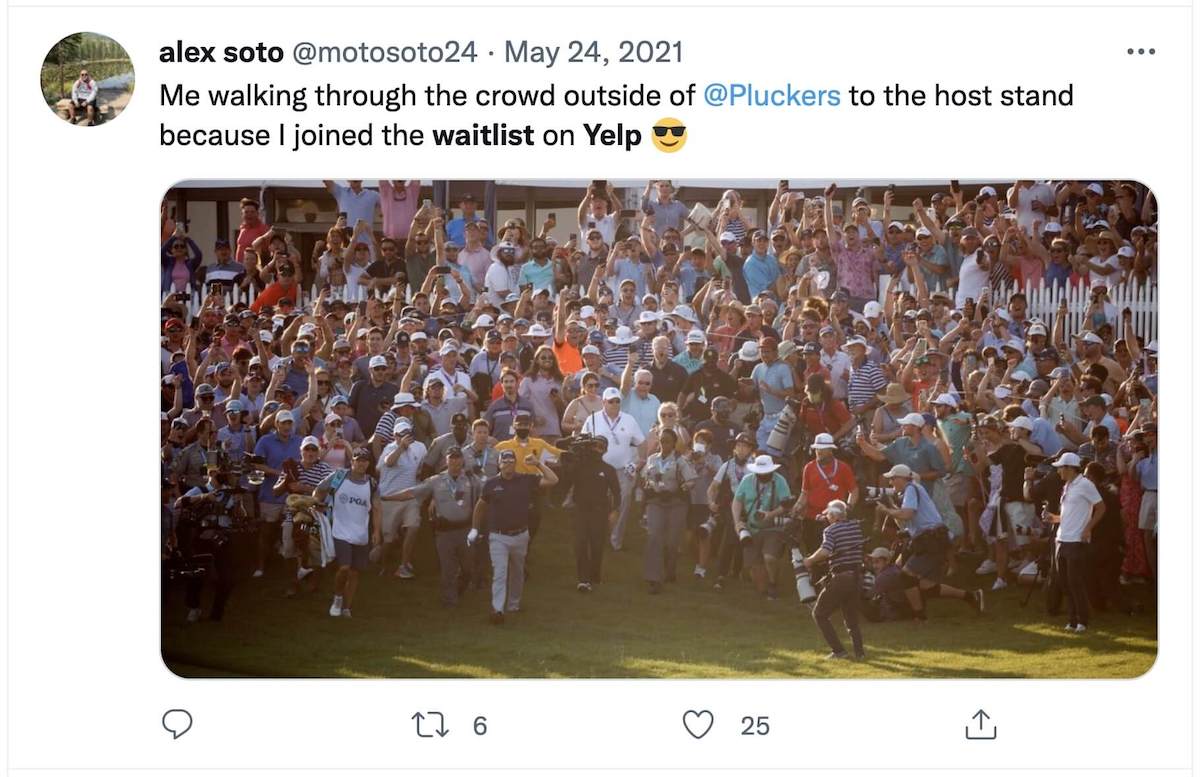The ultimate guide to FOH operations automation
Skip the article and turn takeaways into action by scheduling a call with our team.
It’s the second decade of the 21st century, and you probably notice automation in more places than ever before. This trend touches almost all industries, and the restaurant industry is no different. So, let’s talk about front-of-house operations automation and how integrating technology can streamline restaurant management.
There’s a fine line between automating as much as possible and keeping a warm, human feel to a restaurant. Restaurants are still social places where people expect to see and interact with other people. The customer experience is paramount in the industry, but it competes with ever-increasing supply chain issues and labor costs.
So, while we’re not discussing a Jetsons-level era of robot servers, there are still significant portions of front-of-house operations that you can automate without negatively impacting the dining experience. In many ways, automation can enhance this experience by making things simpler for both the restaurant and the customer.
FOH operations automation will be one of the critical tactics that restaurants use to thrive rather than just survive in a rapidly developing market. Fortunately, doing so is far simpler than it used to be. And with labor shortages dominating news and reality more than ever, automating wherever possible can help take some workload off everyone’s back, keeping a FOH running smoothly without wearing staff down.
Let’s look at what can be automated now to optimize profitability and workflows in restaurant operations—and what options exist to navigate these changes comfortably.
FOH operations automation starts with reservations and waitlists

Automating waitlists and reservations is easier than ever, thanks to advances in restaurant management software. This automation is a solid win for everyone. In the not-so-long-ago past, customers would have to call in advance to make a reservation—that was then recorded on (shudder) paper. This process was messy, time-consuming, and wasteful, leading to cancellations, mix-ups, and no-shows.
Waitlists were even worse. Customers would have to physically show up, not knowing what to expect and gamble their time trying to get a table at a popular restaurant. This led to more mix-ups, walkaways, and wasted time—as well as bored customers and harried wait staff. The lucky ones on the waitlist got a seat quickly or could at least sit at a bar. The unlucky ones had to sit in a waiting area or simply miss out entirely.
Those days are over, and we’re not going to miss them. With Yelp Guest Manager, customers can make reservations online, check wait times at your restaurant, get on your waitlist from their couch, and book last-minute tables simply by pushing a few buttons on their phones. This integrates smoothly with FOH operations, and FOH staff learn automatically of reservations and waiting customers.
If you’re thinking, “Dang, that’ll save me a lot of time while really making the guest experience more positive and customer retention more likely,” you’re absolutely right. Increased transparency and accessibility on both sides mean communications are direct and clear. With the two-way messaging from Guest Manager, you can speak directly with guests-to-be. Neat, right?
That’s just one instance where automation can work in your favor. There’s a lot more. How do we know that’s what people want? Well, they’re pretty forthright about it (see Alex’s tweet below). Honestly, who wants to waste time being passed around like a hockey puck just to get a table? That’s a rhetorical question, obviously, and the answer is a resounding “no one.” Automatic waitlists and reservations are simply a better system, and the reactions to our platform prove their success.
FOH basics covered: seating and check-in
For many full-service restaurants, seating and check-in can consume a lot of staff time. Especially in a time of consistent, nationwide staffing shortages, streamlining FOH workflow is crucial to make sure no table is underserved. For many restaurants, one more server freed up would make the difference between being understaffed and fully staffed. So, freeing up check-in and seating can be a real lifesaver for your staff and your bottom line.
That’s where Yelp Kiosk comes in. It allows customers to check themselves in, instantly notifying FOH staff. This can be a great method to get things moving in a busy dining room, especially for quick-service, mid-range, and family restaurants.
POS and other software integration

Modern point of service (POS) software is now a crucial element of the restaurant industry. Without it, well, we’re back to the dark ages of paper orders and miscommunications again.
A good FOH software suite will integrate with several different POS systems, leading to a tech stack built for the future. Software integrations are so crucial to modern restaurant operations that we put integration at the top of our list of restaurant technology trends. Handling sales and customer data via tablets and other devices makes keeping track of metrics incalculably easier.
These metrics can include data like what repeat customers like to order, customer birthdays, and more. What customer wouldn’t be pleased that a server remembers their favorite cocktail or appetizer?
Of course, there are lots of different software options out there. Consequently, Yelp for Restaurants has a broad range of partner integrations across POS, online ordering, and CRM systems. Some of these systems have become a mainstay in the restaurant industry, especially during and in the wake of the pandemic, and we expect online ordering to remain popular into the future.
Online ordering integration
We should take a moment to note the power and speed with which online restaurant ordering and third-party delivery services have grown and the role they’re playing in the industry. While it’s true that these services can take a cut out of profits, they have been a lifeline to many restaurants throughout the last few years. As dine-in visits dropped dramatically, they were there to help pick up the slack with take-out and delivery orders.
Yelp has helped integrate these ordering systems with its FOH software suite to make online ordering as seamless as possible. Communication between FOH and back-of-house (BOH) is simplified, especially regarding special orders and requests.
Integrating FOH and BOH

A front-of-house doesn’t operate alone, of course—it works in sync with the back-of-house like a horse and carriage. So, connecting FOH automation with BOH processes can help significantly streamline operations by eliminating confusion.
Consider inventory management, for example. The BOH needs to be able to alert the FOH when an item is out of stock or has been eighty-sixed. This can prevent confusion in the FOH and improve customer satisfaction—no one wants to hear their order isn’t available and the server doesn’t know about it.
Many good POS systems, like those we partner with, offer robust inventory management systems that link FOH and BOH. They can also help reduce food waste by tracking what’s actually available—or what’s overstocked. That can lead to specials on a prix fixe menu, for example. But we’re just brainstorming here.
Get automated and get rolling
There’s no way around it: Automation is here to stay, and it’s an overwhelmingly positive trend for the restaurant industry. It can improve the customer experience, reduce labor costs, and quite possibly prevent restaurant managers or owners from pulling their hair out. That’s something we can all agree is a good thing. Oh, and diners love it too. Not only do they save time, but they feel like they’re living in the future as well.
We’ve mentioned Yelp Guest Manager here, and we’ll do so again—because we’d love to offer you a free demo. It’s a gateway to top-notch FOH operations automation and a bright future filled with good food and full wallets.
